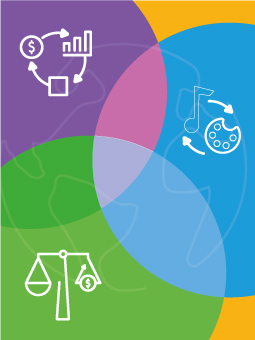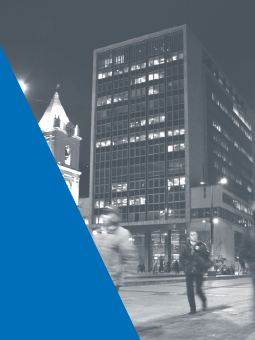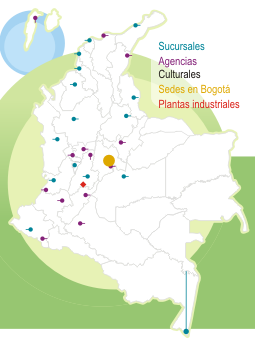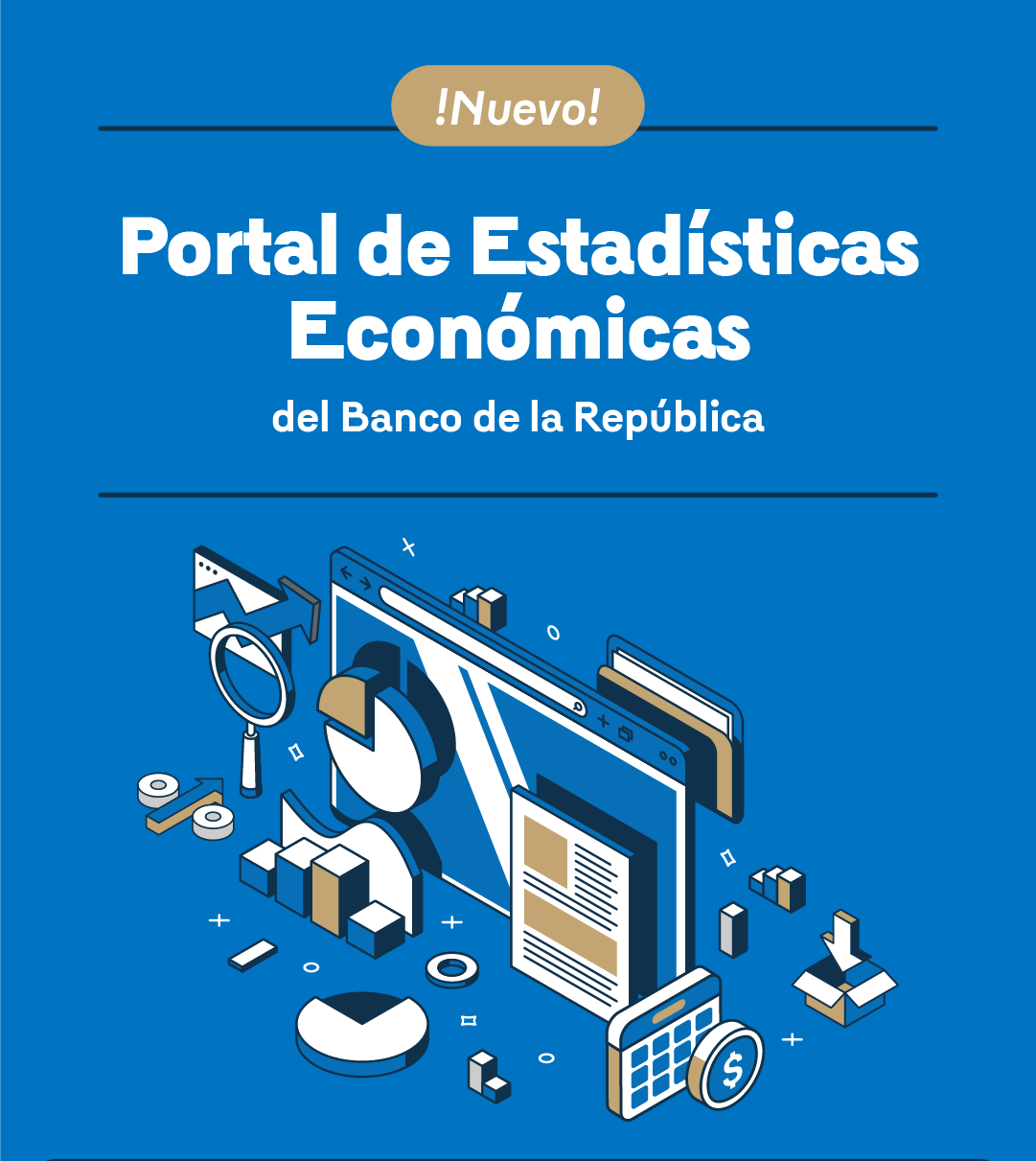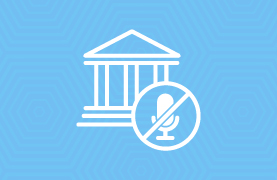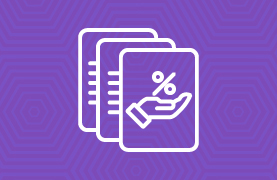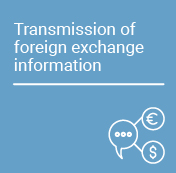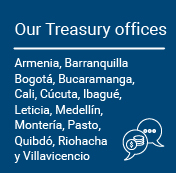Monetary Policy Decision-Making Process
Banco de la República (the Central Bank of Colombia) main instrument to achieve the inflation target is the monetary policy interest rate. Decisions on the level of this interest rate consider the analysis of the current situation of the economy (prices, output, and employment, among others), its outlook, and developments of the inflation forecast with respect to the target. During this process, the Bank seeks to answer the following questions: How is the economy doing? Where is the economy heading? What is the monetary policy interest rate path that would bring inflation to target and stabilize output at its long-term levels? And what degree of uncertainty does this path face? If, as per the result of this assessment, it is concluded that there are risks of inflation persistently deviating from the target, the Board of Directors of Banco de la República (BDBR) may modify the policy interest rate.
For example, if economic activity records an output level that exceeds its sustainable value, excess expenditures could generate upward pressure on prices (demand-pull inflation), thus jeopardizing compliance with the inflation target. In this scenario, the Central Bank would raise the policy interest rate to reduce demand pressures and achieve the inflation target. However, in the absence of excess demand, there could also be upward pressures on inflation caused by temporary supply constraints in the economy (cost-push inflation). In these cases, the increase in production costs increases and firms reduce production and employment. In such a scenario, deviations in inflation from the target run the risk of extending beyond the duration of the supply shocks. However, if the inflation target is credible, (i.e., agents anticipate that the Bank will not allow a persistent gap between inflation and the target), expectations will remain in line with the target. Under these circumstances, Banco de la República, as the monetary authority, can guarantee future compliance with the inflation target without incurring significant shortfalls or surpluses in production and employment.
The BDBR meets once a month, but only in its January, March, April, June, July, September, October, and December sessions does it make monetary policy decisions. In the remaining four months (February, May, August, and November), it usually makes no such decisions.






